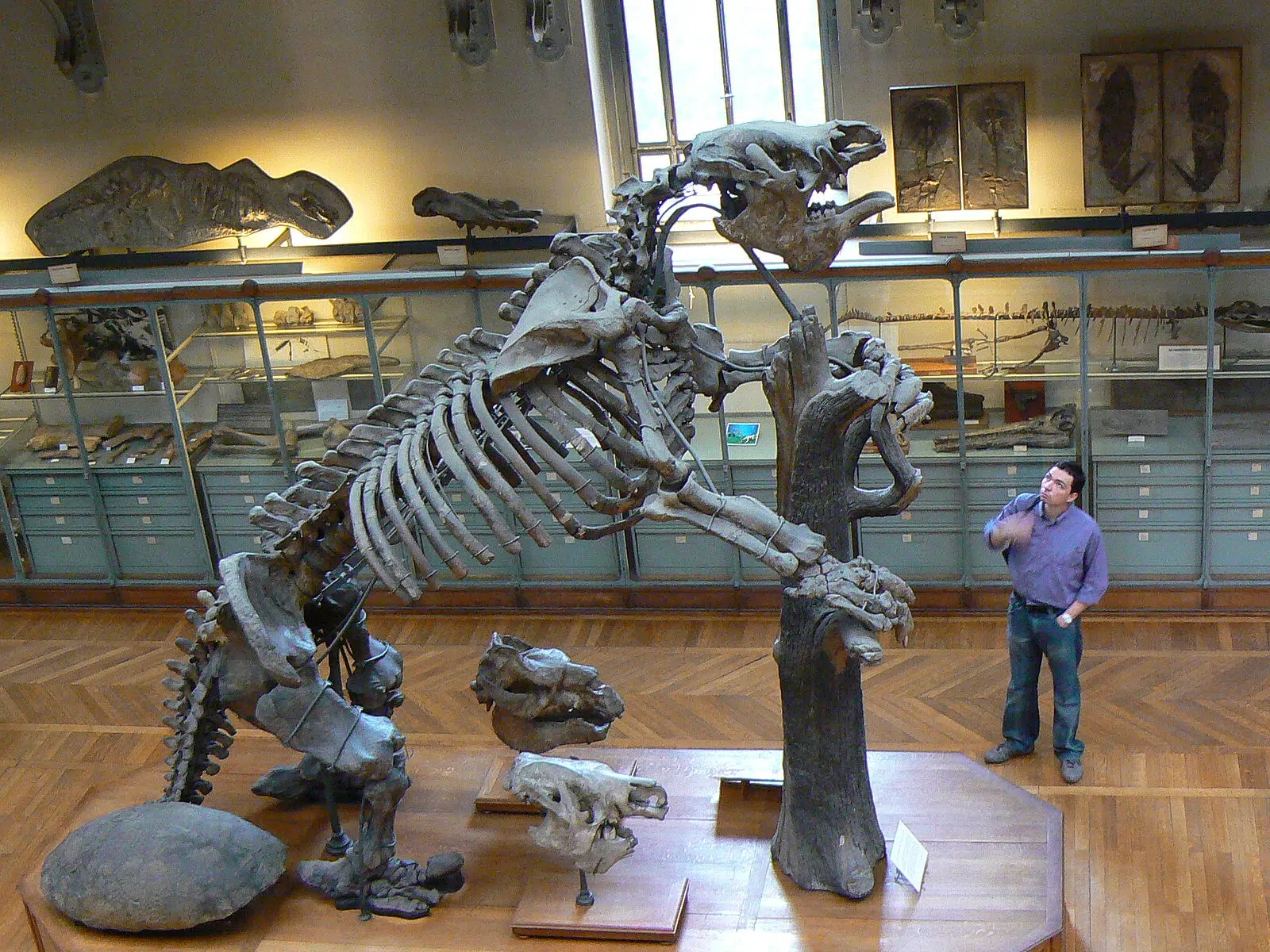
GIANT SLOTHS OF DOOM: Ground Sloths and Their Tunnels
Featured in Ripley's Believe It or Not!

Giant Sloths
Besides being adorably cute, present-day sloths come in two and three-toed varieties and are closely related to anteaters and armadillos. They lead solitary, peaceful lives hiding from predators in treetops only coming down to find food, a mate or relieve themselves. Believe it or not, only descending ONCE A WEEK to do so. It takes a sloth about 6 hours to go to the bathroom and back, a month to digest a leaf and about a minute to move 15 feet. These quirky cuties, however, are very different from their ancestors, the prehistoric giant ground sloth. These beasts were as intimidating as they sound!




